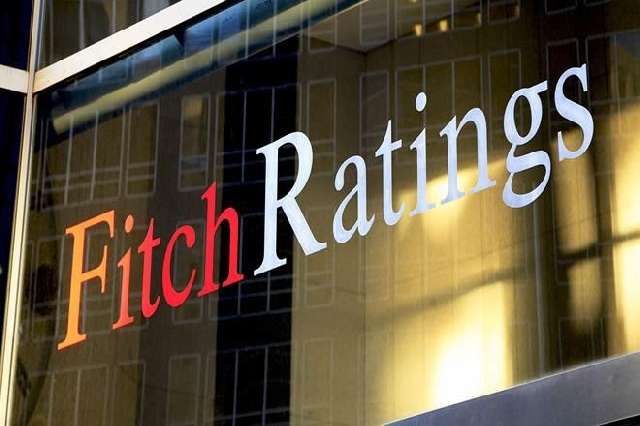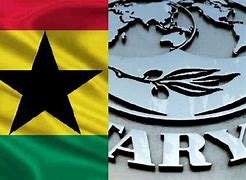Fitch Ratings, a multinational credit rating agency, has signalled its intention to bestow a positive rating upon Ghana once the nation restores relations with a significant majority of non-tendered securities bondholders and successfully restructures local-currency bonds held by pension funds.
According to the UK-based firm with offices in New York, the assignment of Ghana’s LTLC IDR rating will be contingent on a forward-looking evaluation of the country’s commitment and ability to meet its local-currency debt obligations.
“Once Fitch judges Ghana has normalised relations with a significant majority of non-tendered securities bondholders and completes the restructuring of local-currency bonds held by pension funds, the agency will assign Ghana’s LTLC IDR based on a forward-looking assessment of its willingness and capacity to honour its local-currency debt.”
Fitch Ratings
Fitch added that once Ghana reaches an agreement with private creditors on the restructuring of its foreign-currency-denominated debt and completes that restructuring process following the Common Framework official creditors’ claims treatment, it will assign a LTFC IDR based on a forward-looking assessment of its willingness and capacity to honour its foreign-currency debt.
“This, too, will be determined based on an assessment of Ghana’s willingness and capability to fulfill its foreign-currency debt commitments,” Fitch said.
Downgrade for Ghana Could Transpire
The rating agency, meanwhile, cautioned that a downgrade for Ghana could transpire if there is an elevated risk of the country failing to make its first coupon payments on the bonds scheduled for August 2023.
Fitch employs its proprietary Sovereign Rating Model (SRM), which rates Ghana akin to ‘CCC+’ on the Long-Term Foreign-Currency IDR scale.
It is important to note that the current ratings are not accompanied by the SRM and Qualitative Overlay (QO) explanations, as Fitch’s sovereign rating committee has chosen to adhere to the rating definitions for scores ‘CCC+’ and below.
The SRM model developed by Fitch employs a comprehensive approach, factoring in 18 variables over a three-year period, including one year of projections. This methodology generates a score that corresponds to the LT FC IDR rating.
Fitch arrives at the ratings based on factors, such as what kind of debt a company or a country carries and how sensitive it is to structural shifts, such as interest rates.
Fitch, along with Moody’s and Standard & Poor’s (S&P’s), is one of the world’s top three credit rating agencies. The Fitch rating system is somewhat similar to S&P’s since they both use a letter scheme.
Credit ratings are indications of the likelihood of repayment in accordance with the terms of the issuance. In limited cases, Fitch may include additional considerations (i.e., rate to a higher or lower standard than that implied in the obligation’s documentation
Fitch Ratings also publishes other ratings, scores and opinions. For example, Fitch provides specialized ratings of servicers of residential and commercial mortgages, asset managers and funds. In each case, users should refer to the definitions of each individual scale for guidance on the dimensions of risk covered in each assessment.
Fitch’s credit rating scale for issuers and issues is expressed using the categories ‘AAA’ to ‘BBB’ (investment grade) and ‘BB’ to ‘D’ (speculative grade) with an additional +/- for AA through CCC levels indicating relative differences of probability of default or recovery for issues. The terms “investment grade” and “speculative grade” are market conventions and do not imply any recommendation or endorsement of a specific security for investment purposes. Investment grade categories indicate relatively low to moderate credit risk, while ratings in the speculative categories signal either a higher level of credit risk or that a default has already occurred.
READ ALSO: England Eliminates Nigeria On Penalties in the FIFA Women World Cup





















